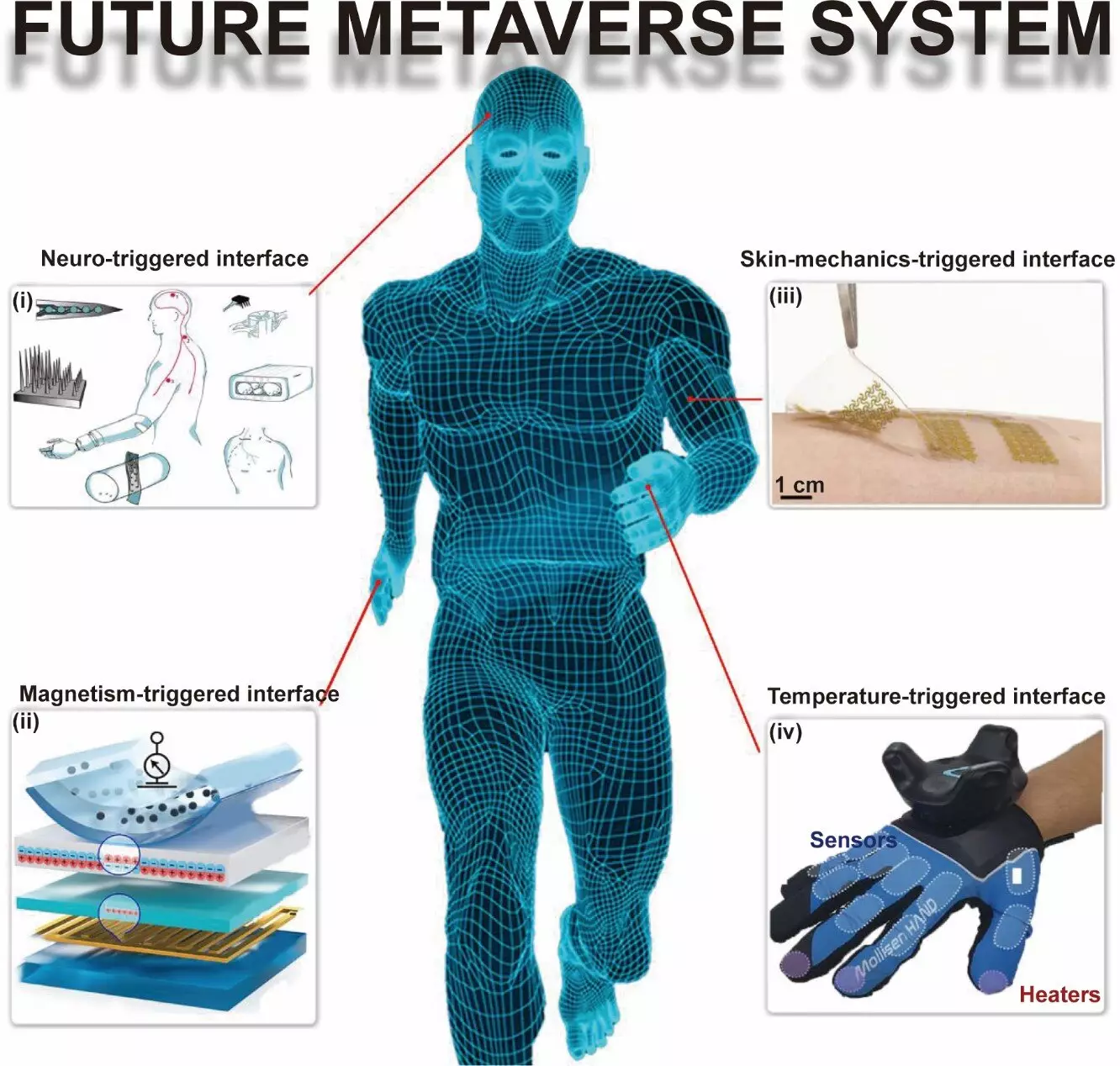The field of virtual reality (VR) has seen significant growth in recent years, with a focus on creating realistic and immersive experiences for users. One specific area of interest is the development of flexible sensors using nanomaterials, which offer numerous advantages over traditional rigid sensors. Researchers from Changchun University of Science and Technology (CUST) and City University of Hong Kong (CityU) have conducted a survey on the fabrication of these flexible sensors and the methods of interaction with VR applications. Their findings, published in the International Journal of Extreme Manufacturing (IJEM), highlight the recent advancements in nanomaterial-based flexible sensors (NMFSs) and their potential applications in the VR industry.
Nanomaterial-based flexible sensors (NMFSs) involve the use of different nanomaterial frameworks such as nanoparticles, nanowires, and nanofilms. These materials offer advantages such as light weight, high sensitivity, and conformality to human skin or clothing. The fabrication of NMFSs is a crucial aspect of their development, as they need to be tightly attached to the human skin or integrated with clothing to monitor physical and physiological information. Nanomaterials, with their unique properties and facile processing, have proven to be ideal for creating flexible sensors. Compared to traditional flexible sensors, NMFSs offer higher sensitivity, lower power consumption, malleability, reliability, and scalability.
In the context of interfacing physical and virtual worlds, researchers have explored various triggering mechanisms to facilitate the interaction between NMFSs and VR applications. These triggering mechanisms include skin-mechanics-triggered, temperature-triggered, magnetically triggered, and neural-triggered interfaces. Each mechanism offers unique advantages and can be tailored to specific applications. For example, skin-mechanics-triggered sensors can detect skin vibrations, while temperature-triggered sensors can monitor changes in body temperature. By understanding these triggering mechanisms, researchers can develop more precise and reliable NMFSs for VR applications.
The Role of Machine Learning in Sensor Data Processing
As the field of VR continues to advance, the role of machine learning in sensor data processing becomes increasingly important. Machine learning algorithms can effectively analyze and interpret the data collected by NMFSs, enabling more accurate control of avatars and immersive VR experiences. By leveraging machine learning techniques, researchers can enhance the capabilities of VR systems and create more realistic virtual environments. This integration of NMFSs and machine learning has the potential to revolutionize the VR industry and redefine human-computer interactions.
Future Directions in VR Sensing with Flexible Sensors
The collaborative team from CUST and CityU is actively exploring different functional nanomaterial sensors for applications in VR. Their goal is to make the VR experience more realistic, immersive, and natural by developing sensors that can detect various physical and physiological information. For instance, they are working on sensors that can monitor skin vibrations, facial expressions, muscle activities, and limb motions. By incorporating these sensors into VR systems, users can have a more authentic experience of their living environment and working atmosphere.
The field of VR is constantly evolving, and the development of flexible sensors using nanomaterials is a significant advancement. The survey conducted by researchers from CUST and CityU provides valuable insights into the fabrication and triggering methods of nanomaterial-based flexible sensors for VR applications. The integration of NMFSs with VR technology has the potential to transform the way we interact with virtual environments and create more immersive experiences. With ongoing research and advancements in machine learning, the future of VR sensing with flexible sensors holds great promise for a more realistic and engaging virtual reality.


Leave a Reply